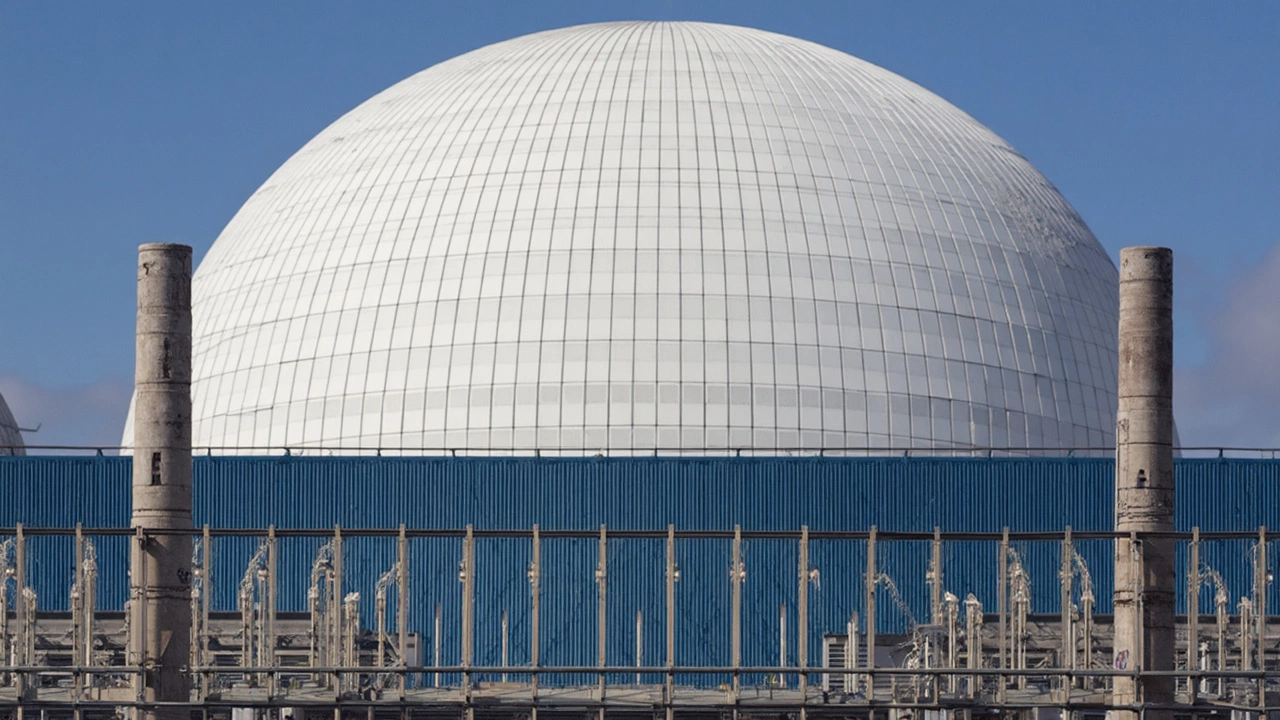Nuclear Energy: How It Works and Why It Matters
When you hear the word "nuclear," you might think of reactors, radiation, or big power plants. At its core, nuclear energy is just another way to turn heat into electricity. It uses the energy stored inside atoms, not the wind or the sun. If you’re curious about how it fits into today’s energy mix, keep reading.
How Nuclear Power Generates Electricity
Most nuclear plants run on a process called fission. In fission, a heavy atom – usually uranium – splits into smaller parts. That split releases a lot of heat. The heat turns water into steam, and the steam spins a turbine just like in a coal plant. The turbine drives a generator, and the generator makes electricity that flows to homes and businesses.
Inside the reactor, the uranium lives in fuel rods. These rods sit in a big tank filled with water. The water does two jobs: it cools the rods and acts as a barrier that slows down neutrons, keeping the reaction steady. Operators control the reaction by moving tiny metal rods in and out of the core. Pull a rod out, and the reaction speeds up; push it in, and it slows down.
Pros and Cons of Nuclear Energy
One big plus is that nuclear plants produce massive amounts of power with almost no carbon emissions. That helps fight climate change, especially when wind and solar can’t meet demand. A single plant can run for months without refueling, providing steady electricity day and night.
But there are downsides. The waste from nuclear reactions stays radioactive for thousands of years. Storing it safely is a long‑term challenge. Accidents, though rare, can have serious consequences – think of the headlines from past incidents. Building a new plant also costs a lot and takes many years.
Communities near plants often worry about safety, so transparent communication is key. Regulators enforce strict rules to keep everyone safe, and newer designs include many built‑in safety features that shut down the reactor automatically if something goes wrong.
Looking ahead, the industry is testing small modular reactors that are cheaper and can be built in factories. These could bring nuclear power to places that can’t host huge plants. There’s also a lot of excitement about fusion – a different kind of reaction that could give us lots of clean energy without the long‑lived waste. Fusion is still experimental, but several projects aim to make it work in the next decade.
So, is nuclear energy the right choice for the future? It depends on how we balance the need for clean, reliable power with the responsibility to manage waste and safety. If governments, scientists, and the public keep the conversation open, nuclear could become a valuable piece of the greener energy puzzle.

Canadian Pension Fund Pours £1.7 Billion Into Sizewell C Nuclear Project
La Caisse, Canada's second-largest pension fund, just put £1.7 billion into the UK's Sizewell C nuclear project for a 20% stake. This move boosts a £38bn plan for two EPR reactors, joining stakeholders like the UK government, EDF, Centrica, and Amber Infrastructure. Sizewell C could power millions and help the UK hit its 24 GW nuclear target by 2050.
View more